Chosen theme: Yoga for Flexibility and Recovery. Welcome to a gentle, motivating space where smart stretching, mindful breath, and restorative practices help you release tension, prevent injury, and feel more open and resilient every single day.
Why Flexibility Matters in Everyday Life
When we stretch with mindful breath, we influence fascia hydration, muscle spindle response, and nervous system tone. Consistency teaches tissues to accept new ranges safely, improving flexibility and accelerating recovery after training or long sedentary days.
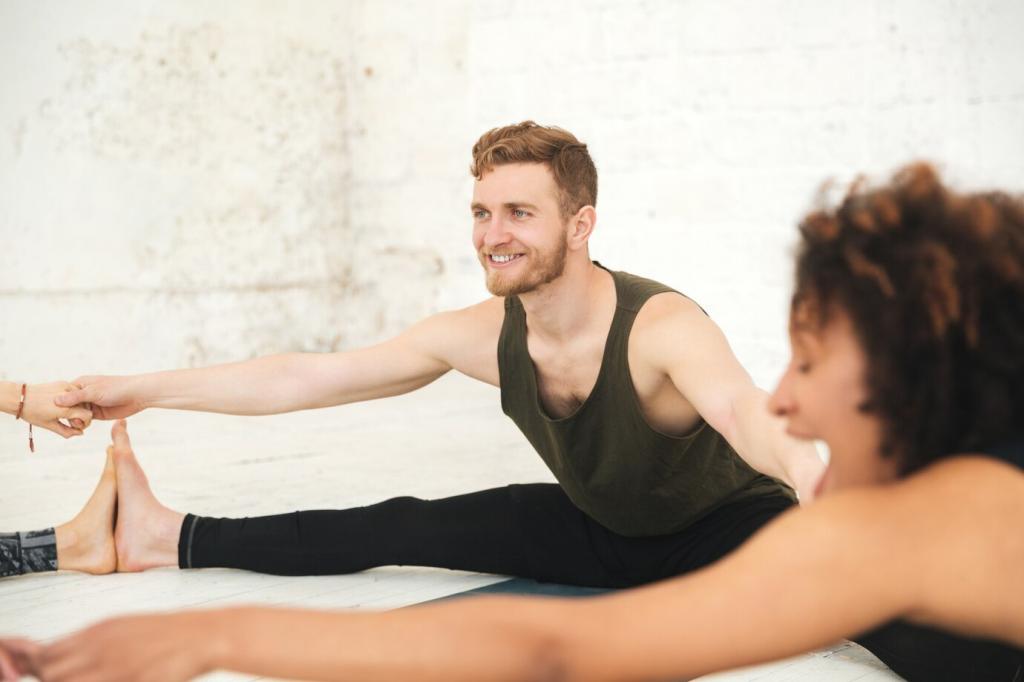
Foundations: Breath, Alignment, and Safe Range
Breath as Your Guide
Inhale to lengthen, exhale to soften—this simple rhythm calms your nervous system and invites tissues to release. When the breath becomes choppy, pause, reset, and return to a range that feels warm, steady, and sustainable.
Align to Unwind
Alignment is not rigidity; it is clarity. Stack joints, ground through feet or hands, and gently engage your core to create space. This allows stretches to land where intended, promoting flexibility without aggravating sensitive areas.
Know Your Edge
Work at the edge of sensation, not pain. Tingling or sharpness means backing off, while warm, broad stretch is welcome. Respecting early signals preserves tissues, speeds recovery, and builds trust between your mind and body.
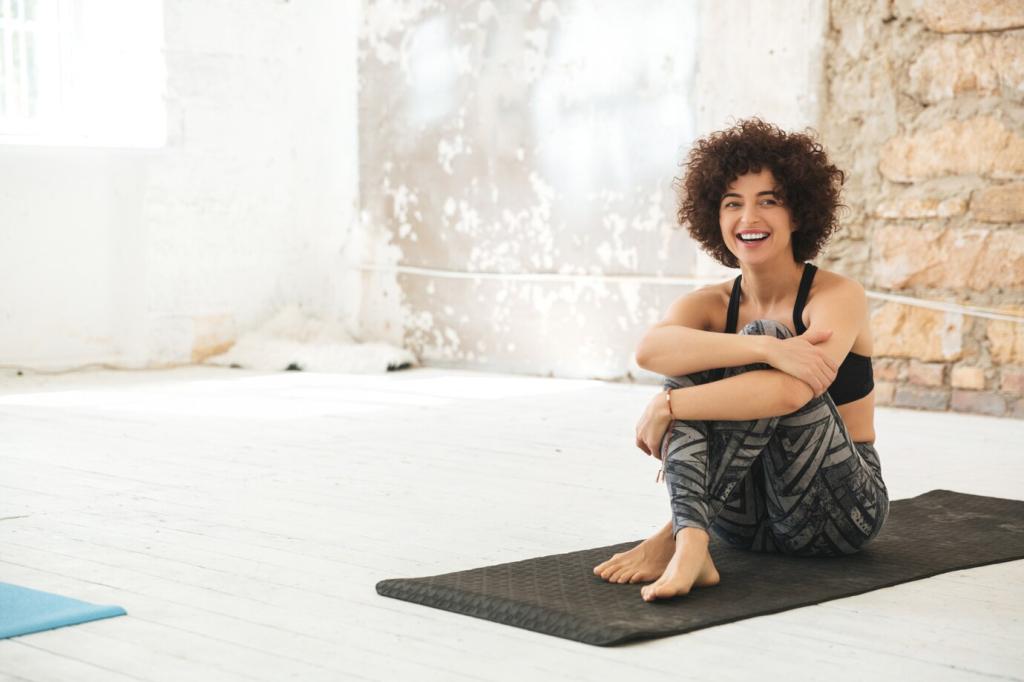
Morning Micro-Flow
Start with Cat-Cow, Thread the Needle, and Low Lunge with a gentle quad stretch. Keep breaths slow, shoulders relaxed, and transitions smooth. The goal is lubrication, not intensity, preparing tissues for a comfortable, flexible day.
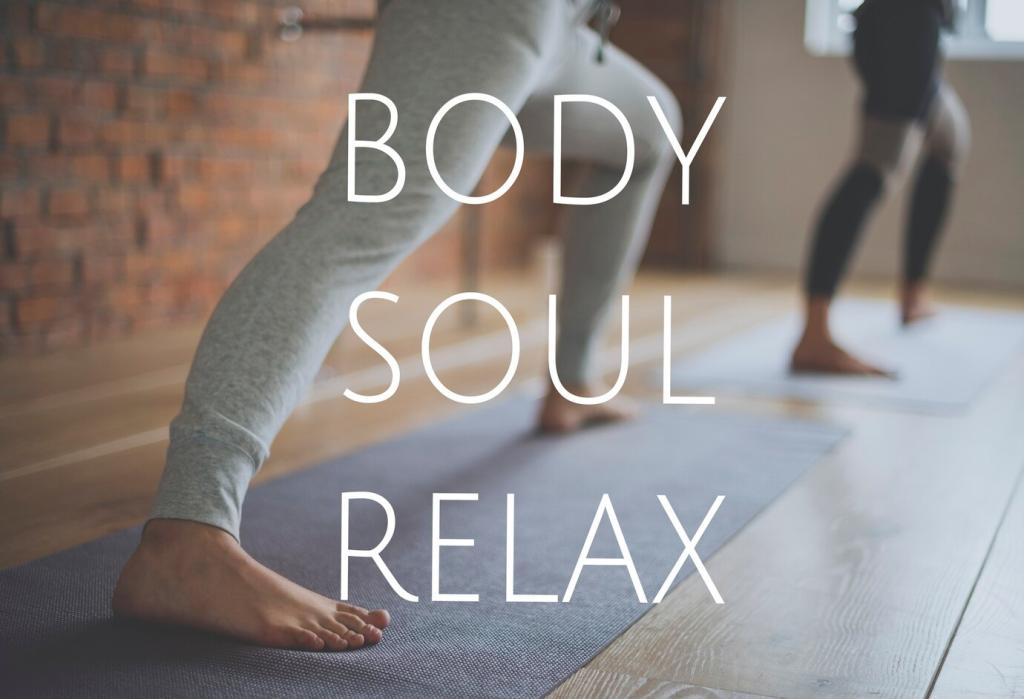
After-Work Release
Follow a short flow: Down Dog to open calves and hamstrings, Pyramid Pose for posterior chain length, then Pigeon for hips. Finish with a supported Bridge to unwind the front body and refresh circulation after sitting.
Tools and Props that Support Healing
A strap brings the floor to you in hamstring and shoulder stretches, while blocks shorten the distance in standing poses. Together, they reduce strain, refine alignment, and provide confidence as flexibility grows gradually and comfortably.
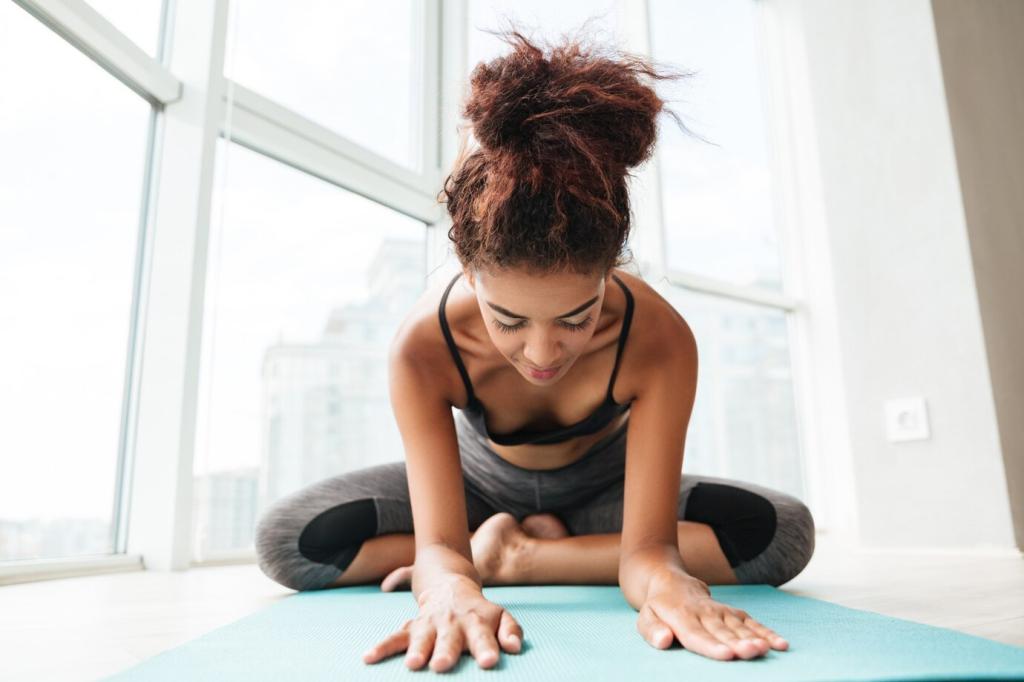
Sports Recovery: Yoga for Runners, Lifters, and Cyclists
Combine low lunges, calf wall stretches, and supine hamstring work to restore stride length. Add diaphragmatic breathing post-run to reduce tension, improve oxygen delivery, and support efficient recovery before your next training session.
Sports Recovery: Yoga for Runners, Lifters, and Cyclists
Open pecs and lats with supported fish and side-body stretches to improve overhead mobility. Gentle hip openers and spinal decompression help counter heavy squats and deadlifts, reducing soreness while maintaining strength-friendly stability.

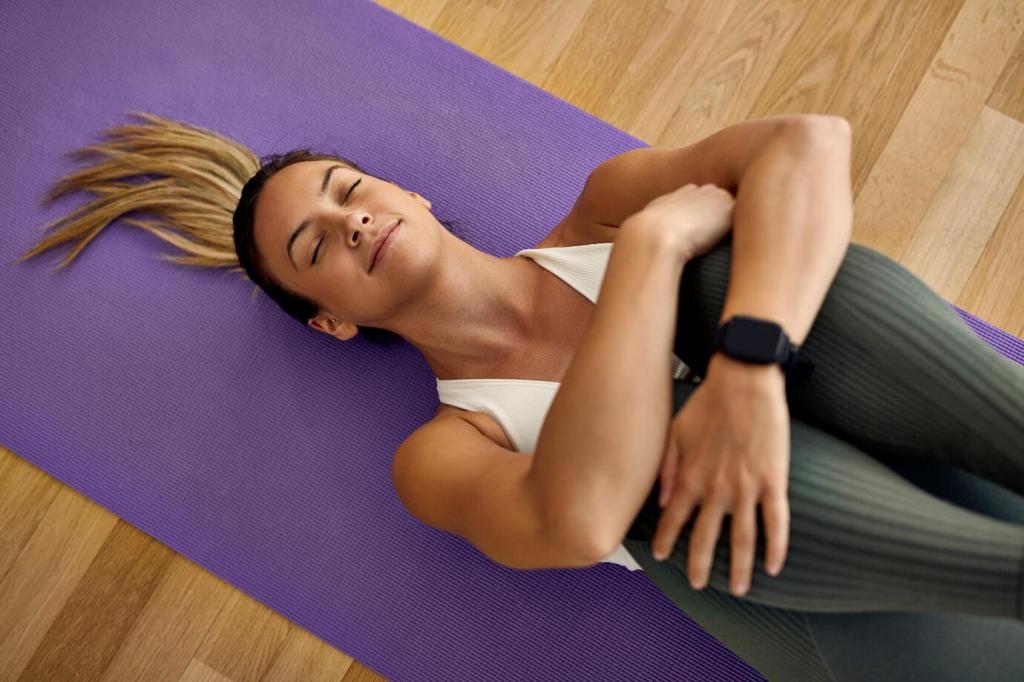
Nervous System Reset: Restorative and Yin Elements
Lengthening your exhale activates the parasympathetic system, encouraging muscles to soften. Try a four-count inhale and six-count exhale while resting in supported child’s pose, noticing tension melt with every breath.
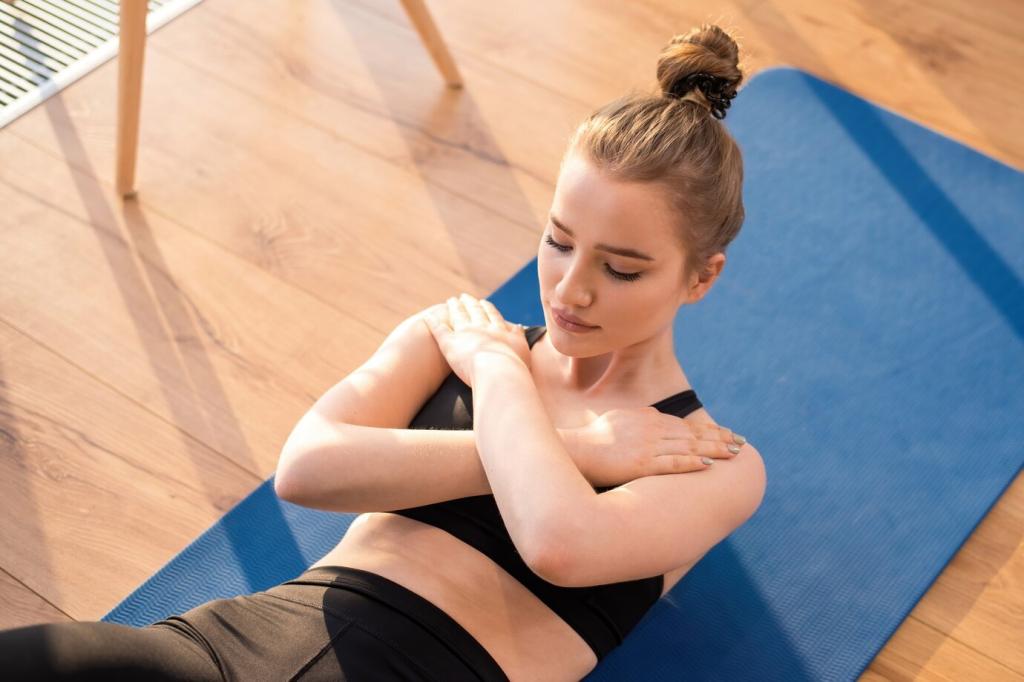
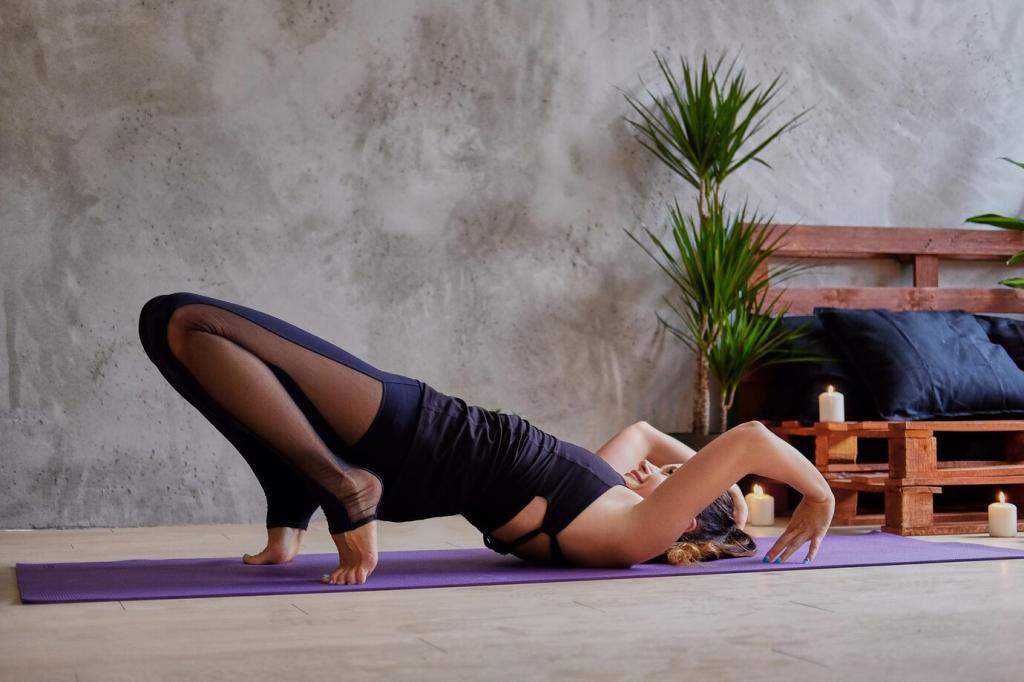
Nervous System Reset: Restorative and Yin Elements
Hold gentle shapes for two to five minutes to influence fascia. Use props to avoid strain, breathe steadily, and exit slowly. When practiced patiently, yin unlocks range without fighting the body’s protective mechanisms.
Track Progress and Stay Motivated
01
Log poses, sensations, breath counts, and sleep quality after sessions. Simple notes reveal patterns, highlight progress, and show which recovery practices help you feel the most open, energized, and pain-free over time.
02
Test hamstring range with a strap, note hip rotation in figure four, or check shoulder mobility against a wall. Reassess monthly with curiosity, not judgment, to reinforce sustainable gains and celebrate genuine improvements.
03
Share your story, ask questions, and subscribe for new flexibility and recovery sequences. Your insights help others feel braver about starting, while our community keeps you encouraged, accountable, and eager to roll out the mat.
